Nacho
TPF Noob!
- Joined
- Apr 15, 2008
- Messages
- 30
- Reaction score
- 0
- Location
- Nevada
- Can others edit my Photos
- Photos OK to edit
All these numbers and codes and crap from these DSLR's mean pretty much nothing to me.
Some of the features I can understand, but for the most part it is all jibberish to me.
Basically I want to photograph critters that are probably going to be a LONG ways off, at least 50, maybe 200 yards. We have some of the spookiest deer and elk around, if they even hint of a human they are gone.
There are some exceptions, one where I had a doe not 10 feet from me while taking my morning leak, but I can't count on that to happen again.
SO...
If I want to be able to shoot critters from that far away, what should I have? I look at the different lenses and cameras and it means nothing to me.
Some of the features I can understand, but for the most part it is all jibberish to me.
Basically I want to photograph critters that are probably going to be a LONG ways off, at least 50, maybe 200 yards. We have some of the spookiest deer and elk around, if they even hint of a human they are gone.
There are some exceptions, one where I had a doe not 10 feet from me while taking my morning leak, but I can't count on that to happen again.
SO...
If I want to be able to shoot critters from that far away, what should I have? I look at the different lenses and cameras and it means nothing to me.


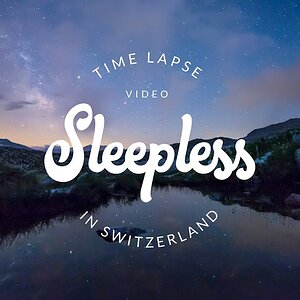
![[No title]](/data/xfmg/thumbnail/36/36665-7c494bf98537fba5ac87ac5ad6bda658.jpg?1619737676)
![[No title]](/data/xfmg/thumbnail/36/36666-189f65b1addbb68da2a43dc6f7206a01.jpg?1619737676)
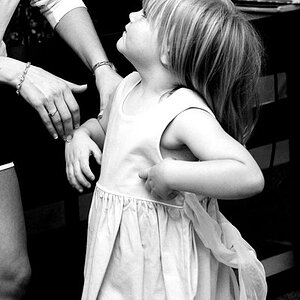
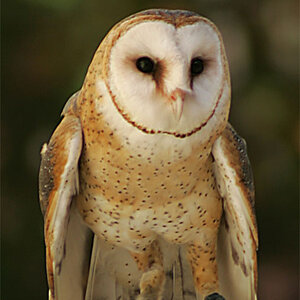
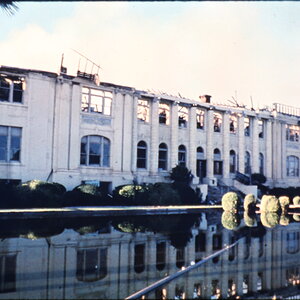
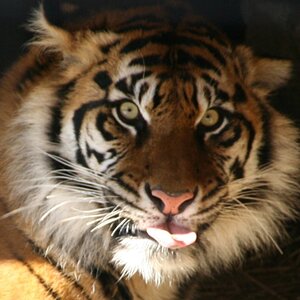

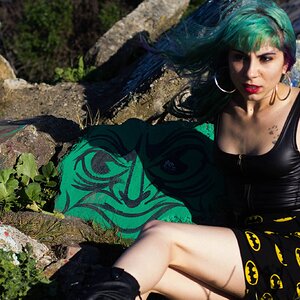
![[No title]](/data/xfmg/thumbnail/37/37538-d4704bfd4f0e4b1941649d81ff8edf2c.jpg?1619738133)
